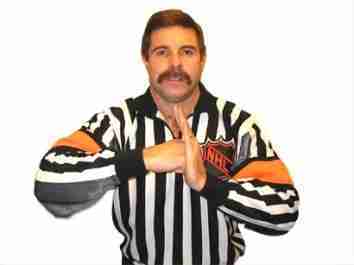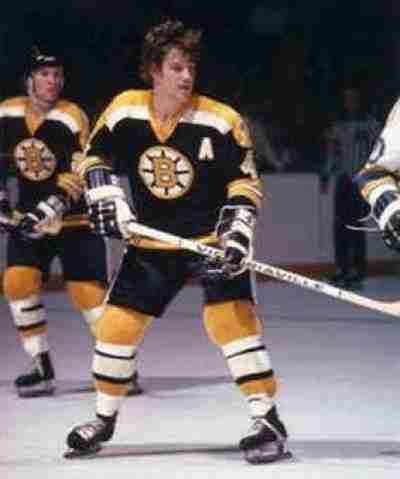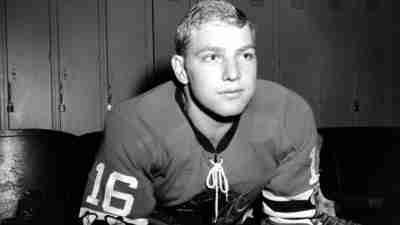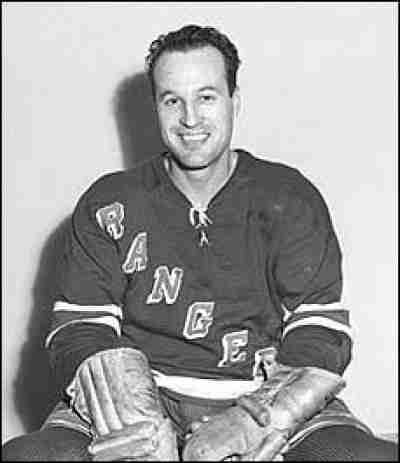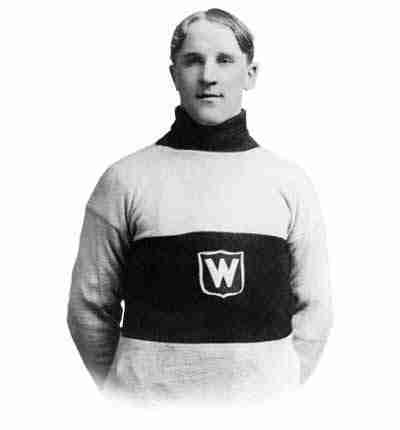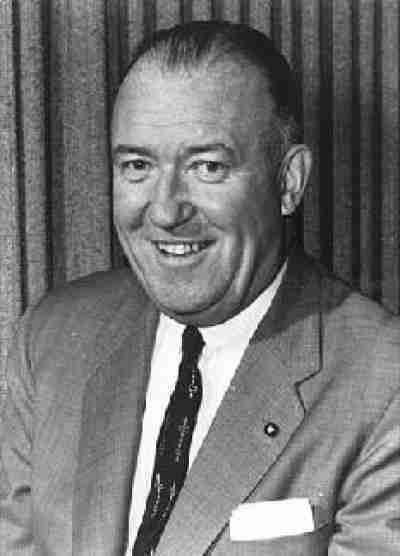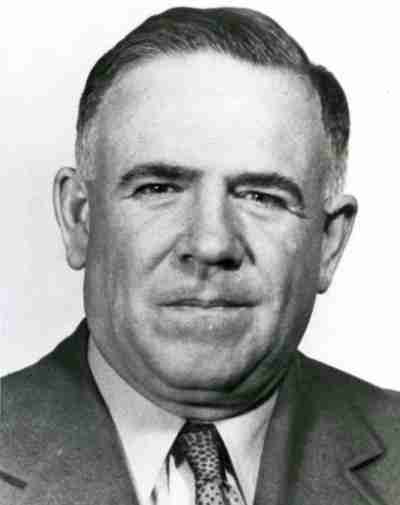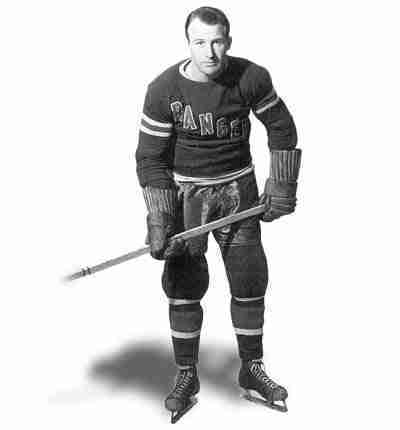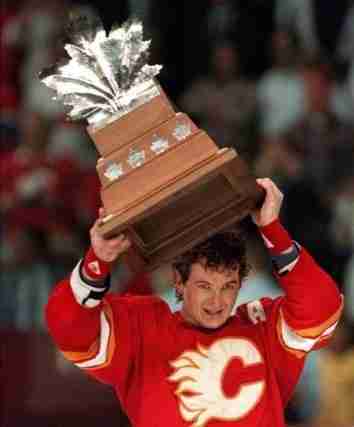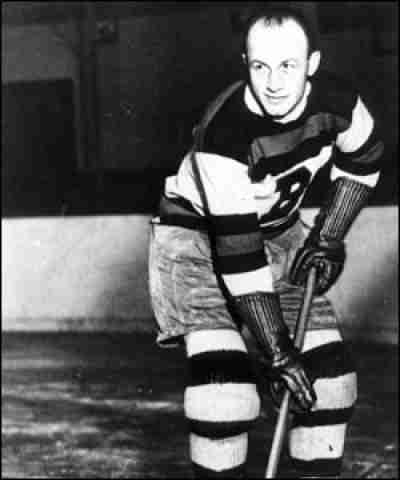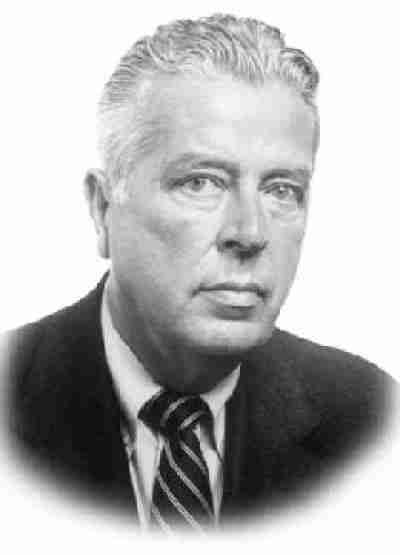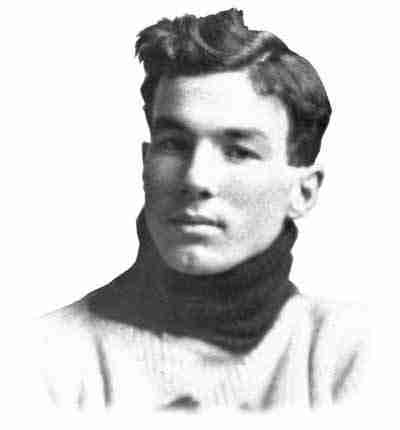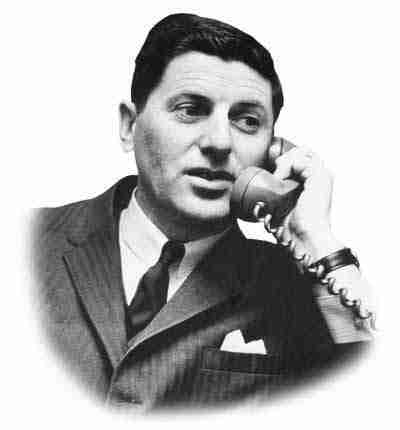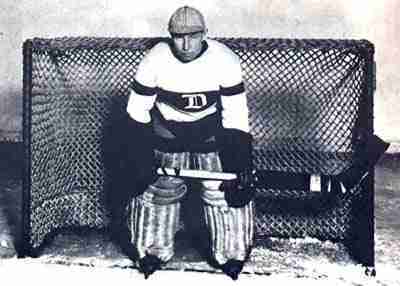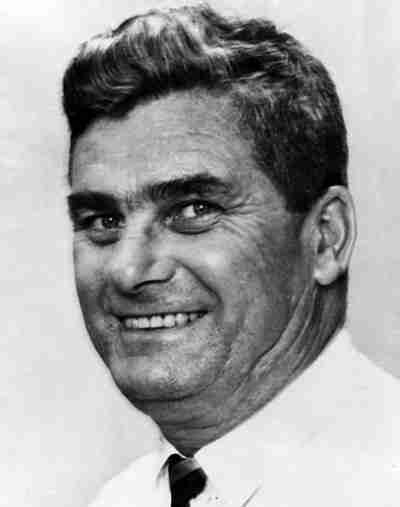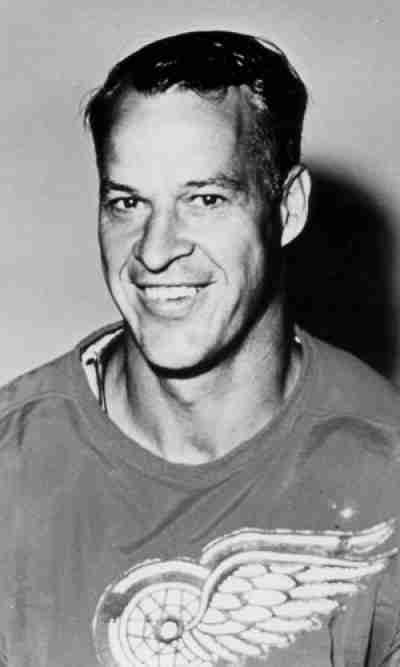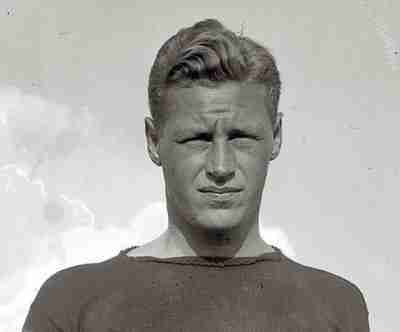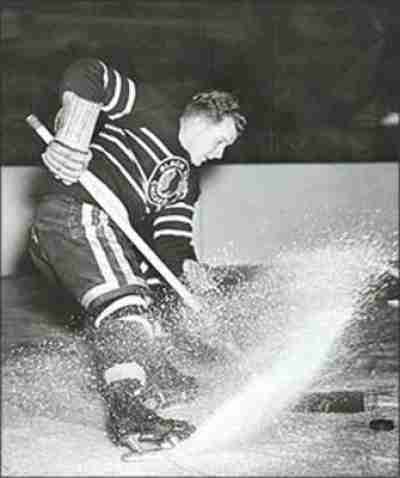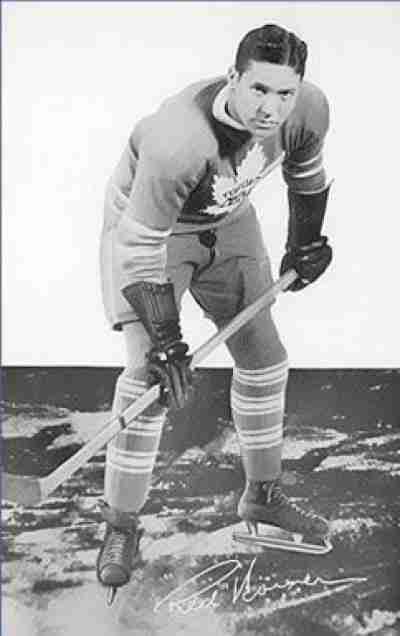Current Hockey Hall of Fame Inductees (383)
Outside of the province of Ontario, how many people are aware of the city of Kingston? Let’s take that a step further. How many outside of Canada know about this place? We will wager that it isn’t a lot, and those that answer that they heard of it, probably are thinking of the version in Jamaica instead. Now had this city on the Northeastern corner of Lake Ontario remained the home of the Hockey Hall of Fame would it have developed a bit of an international flair or enhanced reputation? Maybe it would have been more of a staple of “Canadiana”, as Kingston is the home of the First Canadian Prime Minister, and the unofficial band of Canada, The Tragically Hip. Stands to reason that it would have been a great fit for the unofficial sport of Canada (it is actually lacrosse) and the official passion of the country.With the launch of the Baseball Hall of Fame, the sport of hockey looked to follow suit. Its biggest league, The National Hockey League had a core of seven teams (which was pared down to six in 1942, when the New York Americans suspended operations) was a healthy organization, and though it was only relevant in cold weather climates, it was a sport that already had a long history, and the coveted Stanley Cup; which was then (and still is) the most impressive trophy in the entire sporting world.
The biggest proponent of an institution recognizing hockey excellence was a Canadian named James T. Sutherland. Born in 1870 (in Kingston naturally), Sutherland played as much hockey as he could and was a member of the Athletic Club of Kingston which was part of what was believed to be the first organized league the sport had. He would later form the Kingston Frontenacs, who would participate in the Ontario Hockey Association and would eventually become the Leagues president. Captain Sutherland (a rank he would achieve serving for Canada in World War I) would create the Memorial Cup; a trophy honoring those who fought in the Great War and to be given to the top Junior team in Canada. Incidentally, this is still the same trophy given to the team that wins the post season tournament in the Juniors in Canada.
Once the National Hockey League and the Canadian Amateur Hockey Association agreed to mutually put together a Hall, Sutherland (who had also served as the President of the CAHA) fought for Kingston to be its home. It was not just because he was a native of the city, but because he legitimately believed that Kingston was the rightful birth of modern hockey (which is near impossible to prove). Regardless of where hockey began, Kingston was to be pegged as its home.
Although construction had yet to begin on the facility, the first class was selected in 1945 which inducted nine players. It also had a “Builders” category which honored those who helped develop the game. As we look at those who are inducted to this institution, we will do so chronologically. Let’s take a ride on Hockey’s highway shall we?
Bill McCreary refereed 1,700 NHL Games and 282 NHL Playoff Games, including thirteen Stanley Cup Finals in a row. You don’t get those opportunities because you have a bias or are bad at your job! McCreary also officiated the Gold Medal Game in the 2010 Winter Olympics.
We could write a bible about Bobby Orr, but for the sake of brevity, we will try to highlight this legend’s vast accomplishments.
One of the best players of all time, Bobby Hull easily could have been one of the men who the Hockey Hall of Fame could have made a case for early induction. Hull was a dominant force in the NHL throughout the 1960’s, leading the Blackhawks to the Stanley Cup in 1961, and capturing two Hart Trophies along the way.
Although Edgar Laprade had a solid career in the National Hockey League, this is another Veterans induction that we are not sure about. Laprade was the Calder Trophy winner in 1946 and was good enough to play in four consecutive All Star games. He was a very good Centre, but only once did he find himself in the top ten in any major offensive category.…
A gifted scorer for the Montreal Wanderers dynasty that won four Stanley Cups in the late 1900’s, Thomas “Moose” Johnson essentially had two distinct careers in organized hockey. Johnson moved west to the Pacific Coast Hockey Association and shifted from Left Wing to Defense yet remained a perennial All Star. His other claim to fame was the use of what is believed to be the longest…
The original owner of the Boston Celtics also played a major role in the development of Hockey in the United States. Brown himself coached the amateur Boston Olympics to five titles and a World Championship and Olympic Bronze. He would later take over the financially struggling Boston Bruins as their president. He would also become the Vice President of the IIHF and the chairman of…
A longtime executive with the Montreal Canadians, Sam Pollock first rose to importance as the Director of Player Personell, and it was clear that his eye for talent had few equals. He would continue to rise up the ranks and in 1963 he took over the reins of the General Manger position when Frank J. Selke resigned. Pollock thrived in this new role, and it was…
Incredibly durable and freakishly strong, Art Coulter was a physical presence on two Stanley Cup Championship teams. Coulter was adept at both ends of the ice, could mix it up when needed (he led the NHL in Penalty Minutes in one season) and on four occasions was a Second Team All Star. Coulter was the captain when the New York Rangers won the Stanley Cup in…
Al MacInnis would go down in NHL history as one of the top offensively skilled Defencemen of all time. He is one of the few of that position to hit the magical 100 point mark in a season and his career total of 1,274 was very impressive. He won the Norris Trophy in 1999 and was a seven time NHL All Star selection. MacInnis actually…
One of the best defenseman of his (or any) era, Eddie Shore remains the blueliner with the most Hart Trophies (4) for his career. One of the toughest men in the league, he guarded his end of the ice as if it were his family and still managed to be effective on the offensive side of the game. The punishing bruiser was a seven time First…
A longtime President with the New York Rangers, William M. Jennings also sat on the NHL Finance Committee. Most importantly, Jennings was the Chairman of the NHL Board of Governors and the head of the Expansion Committee. Also in 1964, he was instrumental in setting up a National Hockey League office in New York City. His Rangers may never have won a Stanley Cup under his…
Bob Gainey many not have appeared on any end of year top ten offensive statistical lists, but that was not was Bob Gainey was asked to do. He spent his entire career with the Montreal Canadians and though he had “only” 501 career points, it was the thousand plus that he prevented that made him special. Bob Gainey won the Frank J. Selke Award which…
It is very possible that Art Ross may have done enough to enter the Hockey Hall of Fame just for his on ice endeavors, or even enough on his off ice ones. Seriously, he was that important to the game.
The amount of roles that Brian O’Neill seemed to have in the National Hockey League was staggering. He became the Director of Administration in 1966 and helped to oversee the 1967 Expansion and prepared the expanded schedule. O’Neill would later become an Executive Director and helped with the continued expansion. After the retirement of Clarence Campbell, he was named the Executive Vice President and took…
The first Goalie to win the Stanley Cup with four different teams, Hap Holmes seems to be forgotten player in Hockey lore. His career may look like that of a journeyman, but wherever he went, wins followed as did Stanley Cups. His stand up goaltending style and seemingly effortless play erroneously made many fans and pundits thing that he was ‘lazy’. Holmes was not that, and…
Gordon Juckes served Hockey very well in his native province of Saskatchewan and beyond. After World War II, Juckes worked for the local Saskatchewan amateur teams and eventually ascended to the Presidency of the Saskatchewan Senior League and then later the Saskatchewan Amateur Hockey Association. He would transfer his skills to the Canadian Amateur Hockey Association where he would also have a run as its President.…
What can you say about Mr. Hockey? Incidentally, Howe would return to professional Hockey with the WHA’s New England Whalers and eventually the NHL in 1980 when WHA merged. Howe actually played in the NHL eight years after he was inducted into the Hockey Hall of Fame!
The only member of the Hockey and American College Football Hall of Fame, Hobey Baker also shatters the myth that the early stars of Ice Hockey were only Canadians. Baker could do it all. Starring for both Princeton’s Hockey and Football teams and was one of the most revered athletes of his time. The first legitimate star of American Hockey also was the first American inducted…
Considered by his peers to be one of the most complete players in the NHL, Doug Bentley really was capable of it all. He could put the puck in the net, was an efficient passer, an excellent backchecker and a good guy to have in the locker room. Bentley would twice lead the league in goals (though this was during World War II when the NHL…
Every NHL team usually requires an enforcer, and today’s game it is nearly inconceivable to imagine one getting into the Hall of Fame. Red Horner was the Maple Leafs tough guy for twelve years and seven times he led the NHL in penalty minutes. With that said, his selection to the Hall of Fame is another we will openly question for he was never even considered…


